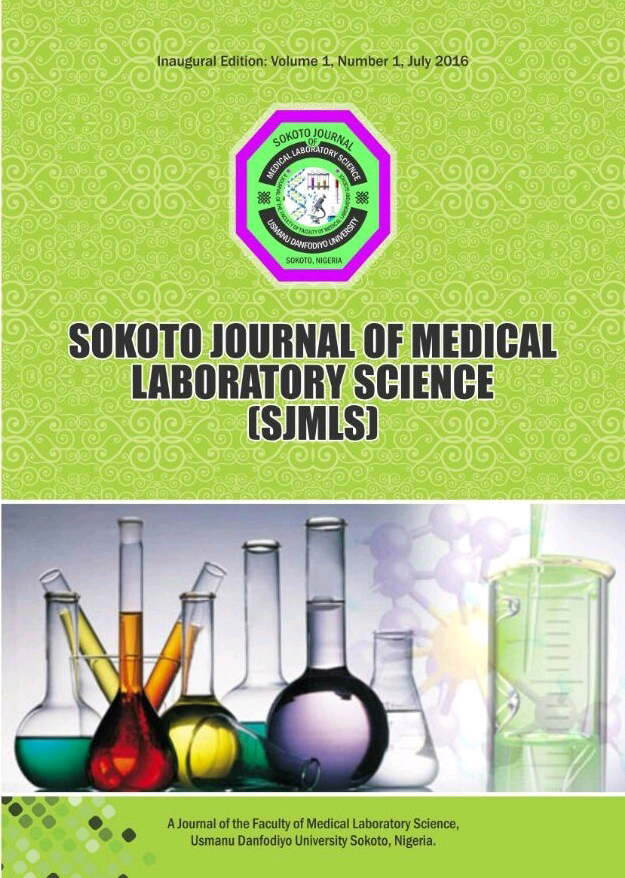Characterization and Antibiotic Susceptibility Patterns of Members of Enterobacteriaceae Isolated from Ready-to-eat Fufu Sold in Calabar, Southern Nigeria.
Keywords:
Enterobacteriaceae, Ready-to-eat fufu, Antibiotic pattern, Calabar.Abstract
Microbial contamination of vended foods is of public health importance due to the potential of becoming a reservoir of foodborne pathogens and resistant strains of bacteria. This study was conducted to investigate the occurrence of Enterobacteriaceae in Ready-To-Eat (RTE) Fufu, and their antibiotic susceptibility profile. Two hundred (200) Fufu samples were purchased randomly from different locations in Calabar metropolis. Samples were analyzed following standard bacteriological protocols. Bacterial counts were enumerated using the Center of Food Safety guidelines for ready-to-eat foods. Susceptibility pattern of the isolated Enterobacteriaceae were performed using the Kirby-Bauer disk diffusion method in line with the Clinical Laboratory Standard Institute (CLSI) guidelines. Out of 200 samples analyzed, 29.5% yielded count <102 Cfu/g (satisfactory), 49.0% yielded count 102≤104 Cfu/g (borderline) and 21.5% yielded count ? 104 Cfu/g (unsatisfactory). The most prevalent isolate was Klebsiella pneumoniae (25.9%), followed by Citrobacter freundii (22.2%), Escherichia coli (14.8%), Enterobacter clocae (14.8%), Burkolderia cepacia (14.8%) while the least isolated Enterobacteriaceae was Salmonella sp (7.4%). All members of Enterobacteriaceae isolated were 100% resistant to augmentin and amoxicillin. The most effective drugs against the isolates were gentamicin, streptomycin and sparfloxacin. Multidrug resistance was detected among 81.6% of the isolates. This study showed that Fufu sold in Calabar metropolis were unsatisfactory in terms of microbial contamination. Hence, surveillance studies of resistant pathogens in foods, increased education and training of food vendors on sanitation, food handling and safety practices in the region is recommended




